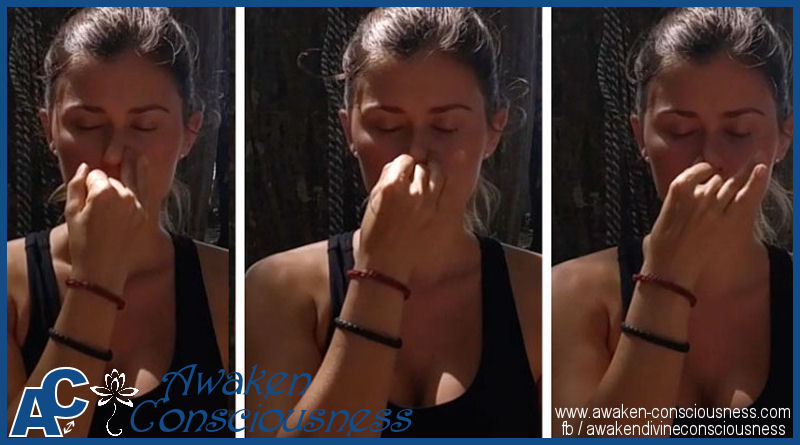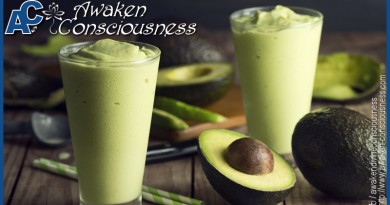ANCIENT TECHNIQUE PROVIDES INSTANT DRUG-FREE ANXIETY RELIEF
ANCIENT TECHNIQUE PROVIDES INSTANT DRUG-FREE ANXIETY RELIEF
According to the Anxiety Disorders Association of America, anxiety is now the most commonly diagnosed mental illness in the country. A UCLA survey published in 2001, though, indicates that less than 25 percent of all anxiety sufferers receive treatment for this affliction, which affects approximately 19 million people. This technique, is an ancient technique that provides instant drug-free anxiety relief.
The most common forms of anxiety, in order of prevalence are:
- Generalized Anxiety Disorder, which is characterized by unnecessary worry and catastrophizing;
- Obsessive Compulsive Disorder, the inability to control unwanted thoughts or behaviors;
- Panic Disorder, episodes of intense fear that surface without warning and may result in physical symptoms such as abdominal distress and heart palpitations;
- Post-Traumatic Stress Disorder (PTSD), which manifests as fear that persists long after the experience of a traumatic event;
At the core of most anxiety attacks, though, is the breath, or the lack of it. When you are anxious, natural breathing is inhibited. The diaphragm freezes, failing to move air downward as you inhale, which means that you don’t let your lungs fully expand and fill with air.
“And when you don’t get enough oxygen, the brain receives a ‘danger’ signal, which perpetuates your mind-body state of anxiety,” explains Jonathan Davidson, M.D., director of the Anxiety and Traumatic Stress Program at Duke University Medical Center. “Your breathing quickens and becomes even more shallow; in an extreme case this can lead to a full-blown panic attack, in which the person begins to hyperventilate.”
The word paranayma has two subset meanings: “prana” means vital life force energy and “ayama” means control of breath.
Traditionally, yogis have emphasized the practice of pranayama over that of asana (poses). Pranayama is one of the eight limbs of yoga and emphasizes using the mind to control the breath and the universal energy that unites us and also feeds our souls.
Your nose is directly linked to your brain and nervous system. For thousands of years the Indian yogis believe that many diseases are connected to disturbed nasal breathing. They believe that we can regulate our body and mind by with pranayama practices that slow and deepen our breath.

Alternate nostril breathing (otherwise known as Nadi Shodhana) is especially wonderful for anxiety because it is said to balance the left and right hemispheres of the brain and calm the nerves.
One study that was published in the Journal of the American Medical Association (May 17, 2000), coming out of Boston University’s Center for Anxiety Related Disorders, found that slow diaphragmatic breathing proved just as effective in reducing anxiety as the antidepressant drug imipramine!
Here are more reasons why you should practice this pranayama in moments of panic:
- It activates the parasympathetic nervous system, which shifts you out of the ‘fight or flight’ stress response towards relaxation.
- It enhances respiratory functions: increases respiratory strength and endurance, which is normally one of the first things to go when panic strikes.
- It improves attention and fine-motor coordination/performance: to get you out of your head and back into your body and the present moment.
As a bonus, the practice of pranayama primes the organs for proper digestion and elimination. It is best done in the mornings before your first meal but can also be done throughout the day as needed.
How to Practice Alternate Nostril Breathing:
- Find a quite place and sit in any comfortable seated position. Relax the body and breath naturally for a few moments, allowing your mind and body to settle.
- Rest your left hand on your lap or knee.
- Make a “peace sign” with your right hand. Fold the two extended fingers toward the palm. Place your thumb gently onto your right nostril and your ring gently onto your left nostril.
- Close your eyes and begin by softly closing your right nostril (using your right thumb) and inhale slowly, deeply, smoothly, gently and without strain through your left nostril.
- Close your left nostril (using your ring finger) and open your right. Exhale through your right nostril then inhale through your right nostril.
- Close your right nostril and release left. Exhale through your left nostril.
- This completes one round but continue going for as long as you’d like. I suggest 3-5 minutes to really feel the calming effects.
- When you’re finished: relax both arms at your sides, sit and breathe naturally for a few moments before opening your eyes and getting on with your day.
You can also add in a 4 count breath hold in between sides. So for example: inhale left, close both nostrils and hold breath in for 4 then exhale through the right. Continuing on like that, side to side.
Alternate nostril breathing is one of the best tools that you have with you wherever you are. When you feel your mind spinning out of control, excuse yourself from whatever you are doing, find a quiet place and take a moment to reconnect with yourself.
Please Note: Anxiety is something that so many of us suffer silently from, while pranayama can help in the moment it and even in the long run, it is not a suitable replacement for professional help or medication as directed by your doctor.
Source: davidwolfe.com
ANCIENT TECHNIQUE ANCIENT TECHNIQUE ANCIENT TECHNIQUE ANCIENT TECHNIQUE ANCIENT TECHNIQUE




